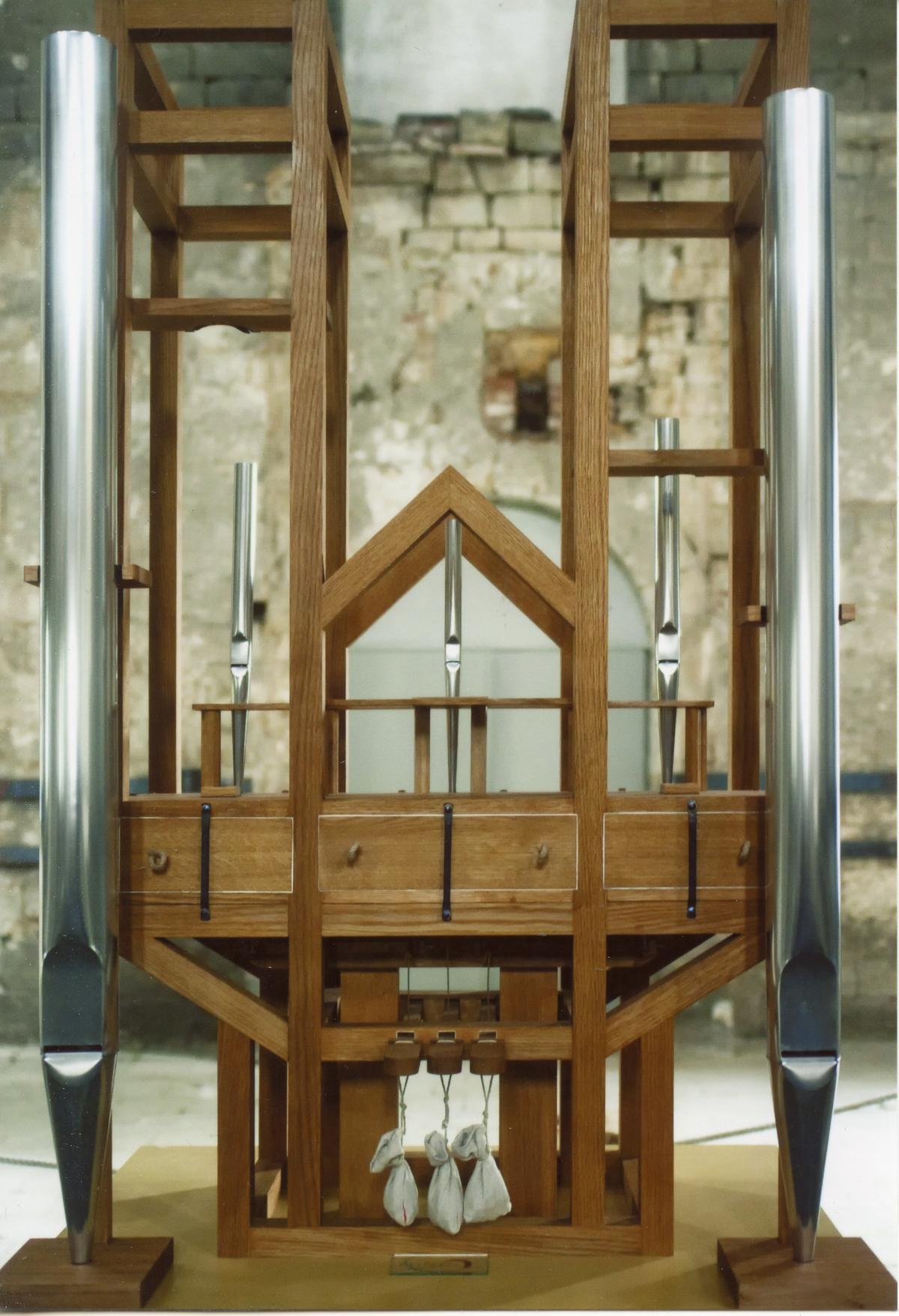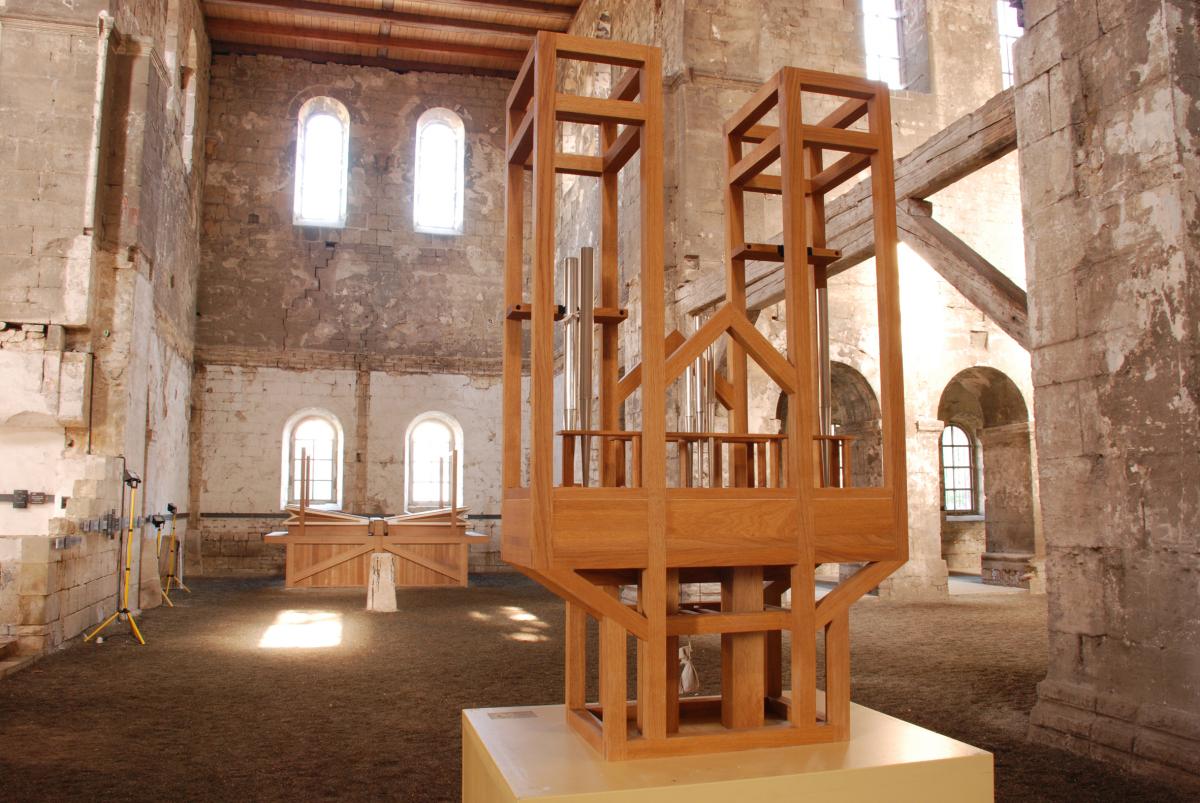Editorial
Some designs are meant to last for ages. Some designs have unintended consequences that far outlive their creators.
Design is often perceived as being dictated by the whims of style and fashion, changing constantly as products and trends come and go. While this is certainly true, and many objects are designed to be short-lived, Works That Work is interested in the aspect of design that is the opposite of the ephemeral. What creations do we want to leave for our successors? What creations will we leave them, whether we want to or not? Many of the decisions we make today will outlive us, giving us tremendous responsibility for everything we do.

In 1985 John Cage wrote ASLSP (As SLow aS Possible) without specifying exactly how slowly it should be played. Performances have ranged from 8 to 24 hours, and a 639-year performance is currently taking place in St. Burchardi church in Halberstadt, Germany. What is surely the world’s slowest and longest concert began in 2001 with a 17-month rest. A special organ designed to last at least until the end of the performance in 2640 is currently playing a chord consisting of d♯′, a♯′, e″ and the next scheduled change in sound will take place in September 2020. (Photo courtesy of John-Cage-Orgel-Stiftung Halberstadt.)
You seem to enjoy a good story
Sign up to our infrequent mailing to get more stories directly to your mailbox.One challenge in designing for perpetuity is the issue of decay, but perhaps a more significant problem is the difficulty of ensuring that the project itself will continue to be relevant to future generations. This issue of WTW explores how design is affected by time, the articles responding to questions such as: What kind of design can last for centuries? What is the oldest company in the world, and why has it survived so long? How can you design a solution to a design – one whose success was so great as to cause problems that its creator had never considered? How can you design a message to reach people 10,000 years from now? What do you do with structures that persist while the world around them changes?

Everything we are creating right now will shape the future of our children. Awareness of this fact should shape the ways we approach not only our projects, but also our whole lives. Incidentally, did you know that the titanium in your laptop will start corroding 100,000 years from now?
